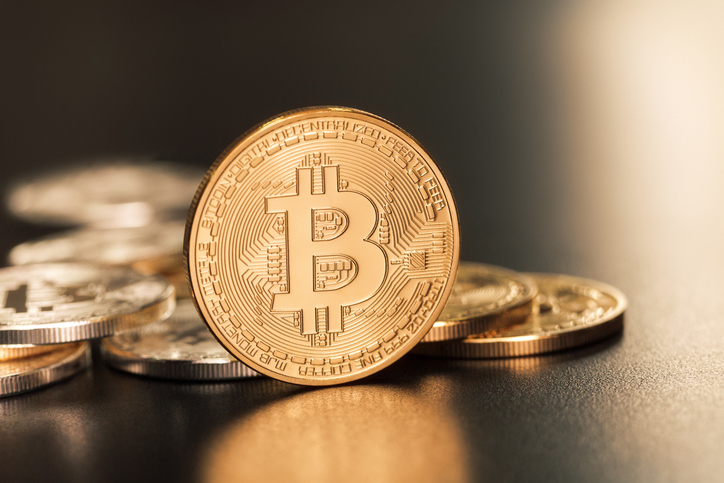As of right now, over 17 million Bitcoins have been mined and are either being actively traded or held in wallets. You may think that is a huge number, but it’s not with the maximum cap of Bitcoins being 21million. That puts the total number of already mined Bitcoins to around 90%. This leaves us with only about 3 million Bitcoins to be mined. If you are a Bitcoin investor or miner, that leaves you wondering what exactly will happen to the crypto market once the last Bitcoin is mined and in circulation?
There is no need to panic, though, as Bitcoin’s limited supply gives it anti-inflationary properties. Bitcoin’s finite supply ensures its scarcity and value. As such, it cannot be devalued by limitless supply. Imagine if the world had a limitless supply of gold; it wouldn’t be as much of a priceless metal then.
Bitcoin Halving and The Crypto Market
Bitcoin halving is the process by which the miner’s compensation hold declines by 50% every four years. This idea was meant to build a method that would self-sustain itself, like gold mining. Thus, the idea of Bitcoin halving came to life as a way of managing stock.
After the first Bitcoin halving on November 28th, 2012, mining awards dropped from its initial 50 BTC to 25 BTC.
The following year, Bitcoin’s market price crashed to 1,000 USD.
On July 9th, 2016, another Bitcoin halving occurred and had an all-time wave of around 19,000 USD, which jumped to 20,000 USD by December 2017. Similarly, BTC mining compensation dropped to 12.5 BTC. It was after the Bitcoin halving that its price started climbing exponentially.
The next halving is expected in May 2020, with the market, miners, and investors in Bitcoin wondering what will unfold. We are months away from the next halving function. It is, however, key to note that the 2020 Bitcoin halving will probably produce a comparable development to its predecessors. For one, we are sure that the Bitcoin miner’s compensation will be halved from 12.5 BTC to 6.25 BTC. Many crypto supporters and marketers expect the Bitcoin price to skyrocket during the BTC halving stage.
Should this trend continue, then we should expect a total of 64 halvings before the total cap of Bitcoins is tapped out. That will be sometime in 2140. So, there is still plenty of time to prepare for and keep the crypto market afloat and profitable. If anything, it is really a problem for the incoming generation to deal with.
How the Crypto Market Will Survive
There are three vital pillars that the crypto market can implement to keep the Bitcoin ecosystem functioning. Here are the pillars that the crypto market can implement:
1. Transaction Fees
Miners in the Bitcoin network both for mining new Bitcoin blocks and confirming transactions. Therefore, anyone who wants to make Bitcoin transactions have to pay a transaction fee. And with the Bitcoin network growing popular by the day, these fees also keep rising. The crypto market benefits from this by ensuring providing miners with the incentive to get more blocks for trading. You can, therefore, expect transaction fees of Bitcoins to keep growing in the future to ensure that miners don’t leave the Bitcoin network. Take the use of Bitcoin CFD, for example. Bitcoin traders will still be able to capitalize on the coin’s price movement without necessarily having to purchase it. Then make a buy or sell decision later when they believe that the market is ripe for it. Thus, keeping the crypto market running. Read these Bitcoin trader reviews for more guidance about who you should be trusting with your investment.
2. The Value of Bitcoin
In an ideal scenario, you can expect a significant increase in the value of Bitcoins. That will probably be the only option for transaction fees and other factors to remain enough incentives for miners and keep the crypto market afloat. Interestingly, the structure of Bitcoin is built in a way that its value keeps rising no matter the number of Bitcoins already mined and the number still left behind.
The finite supply of the cryptocurrency also ensures that its demand keeps rising, benefiting the crypto market, for now. An increase in demand automatically increases Bitcoin’s value and as such, also increases the fees that miners receive for every Bitcoin mined.
3. Mining Costs
With technological advancements, we should also expect the cryptocurrency mining costs to go down significantly. When this happens, it can significantly reduce the number of investments that miners make for trading. This can work in favour of the cryptocurrency as both miners and investors in the cryptocurrency industry will be more open to their higher ROI. As such, even if miners receive lower rewards than they initially received, both parties will still profit from Bitcoin investment.
Bottom Line
From the above content, it is a possibility that Bitcoin mining might remain profitable even after all the 21 million coins have been mined. The crypto market still has enough time to adapt to the inevitable Bitcoin future. As such, you can expect to see the crypto market generate even more revenue from the world’s leading coin.



 Bitcoin
Bitcoin  Ethereum
Ethereum  Tether
Tether  XRP
XRP  Solana
Solana  USDC
USDC  TRON
TRON  Cardano
Cardano  Lido Staked Ether
Lido Staked Ether  Avalanche
Avalanche  Toncoin
Toncoin